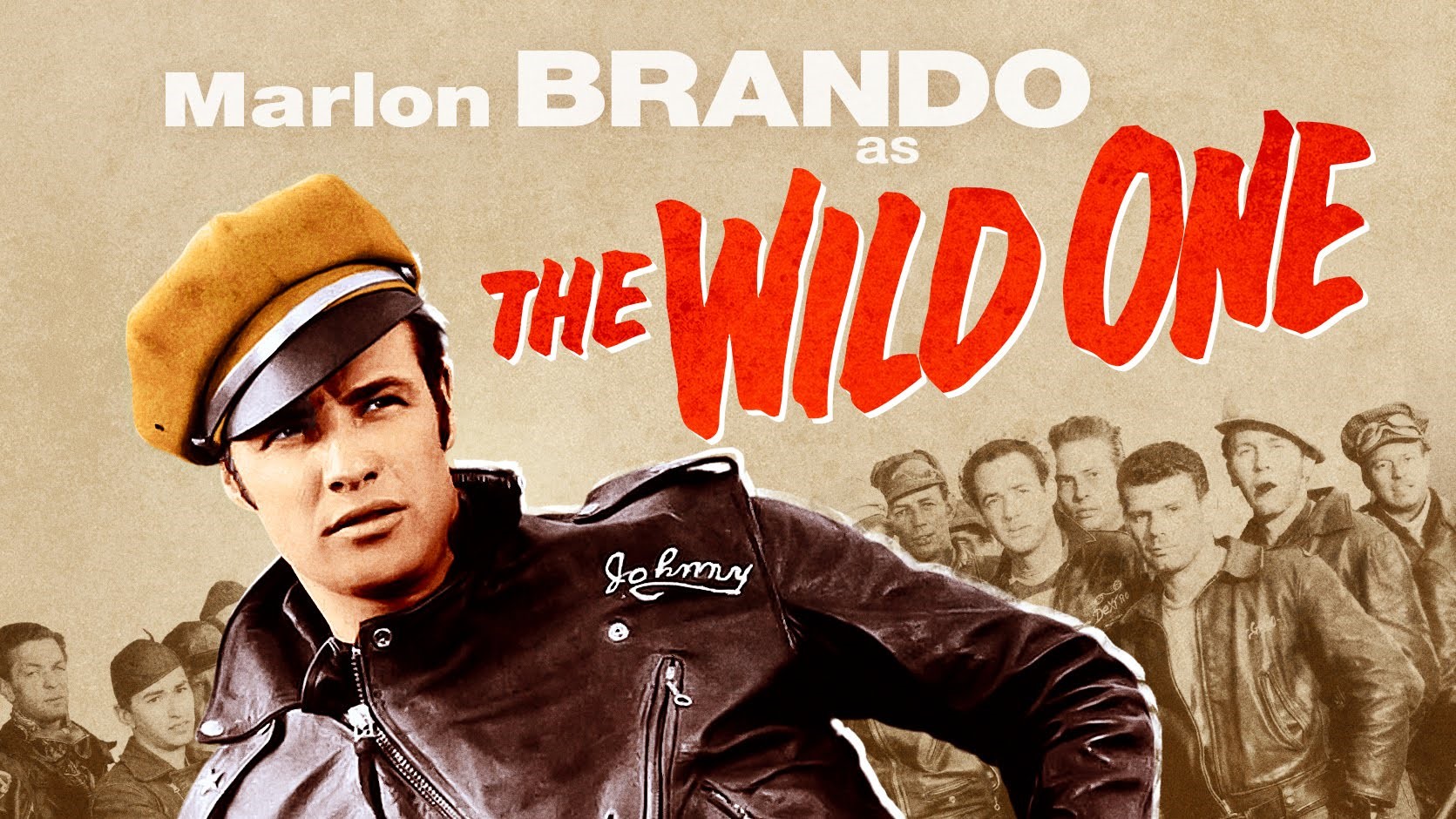
Graduate students in the History of Design and Curatorial Studies MA program took part in an intensive two-week seminar, taking place from October 30 through November 10, 2017, and taught by leading craft expert and design scholar Glenn Adamson.
There is a scene in Marlon Brando’s film The Wild One (1953) in which his character is asked, “hey Johnny, what are you rebelling against?” Brando’s response: “what’ve you got?” In the scene, he and his friends are wearing the typical dress of the motorcycling gangs of the time – leather caps and jackets, emblazoned with club logos. The exchange (and the movie as a whole) is emblematic of directionless, adolescent anger. Beginning here in the 1950s, arguably peaking with Punk in the 1970s, and continuing on to the present day, teenagers have quickly moved on from one stylistic idiom to another, all the while retaining a continuous, if sometimes ill- defined, sense of rebellion.
Teen subculture is just one intriguing example in the long history of oppositional design, a phenomenon that happens in many settings: in the streets, in galleries and museums, and today, online. The post-1945 period has witnessed an alternative tradition to professional, corporate design. Sometimes it is narrowly directed, sometimes amorphous – but always, it is explicitly positioned against a perceived dominant or “mass” culture. In this course, HDCS students studied specific examples within this counter-history, and consider them from a theoretical perspective. Seminars involved intense reading of key primary texts, and critical discussion of specific objects. Ever present was the question of efficacy: does oppositional design actually function to enact change? If so, how? The implications for the present day, a moment of high political conflict that has prompted a protest renaissance of sorts, were considered as well as renewed questions about design’s complicity in regressive power formations.
This intensive two-week seminar had students in its first week examining historical models for oppositional design, including craft, subculture and counter-culture, and postmodernism. In the second week the group turned its focus to methodology, and examined dialectical (and other opposition-based) technique with regard to design in the domains of curating, critical writing, and fine art practice.


























